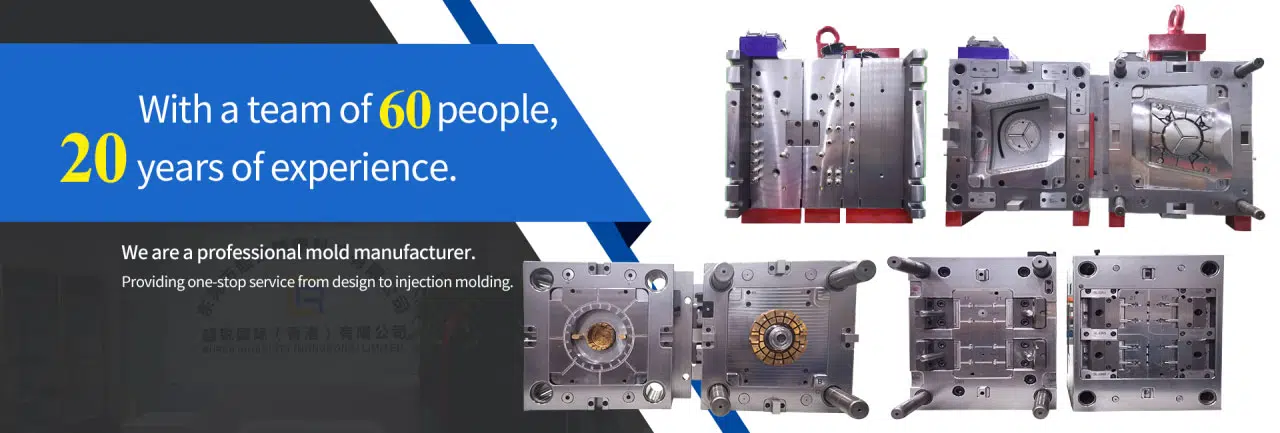Aerospace Innovations: Shaping the Future of Flight

# Aerospace Innovations: Shaping the Future of Flight
## The Evolution of Aerospace Technology
The aerospace industry has undergone remarkable transformations since the Wright brothers’ first powered flight in 1903. From propeller-driven aircraft to supersonic jets and space exploration vehicles, aerospace innovations continue to push the boundaries of what’s possible in aviation and space travel.
Modern aerospace engineering combines cutting-edge materials science, advanced propulsion systems, and digital technologies to create safer, more efficient, and environmentally friendly aircraft. These innovations are not just changing how we fly but are also revolutionizing global connectivity and space exploration.
## Breakthrough Materials Transforming Aircraft Design
One of the most significant advancements in aerospace technology comes from material science. The development of lightweight composite materials has dramatically improved aircraft performance:
- Carbon fiber reinforced polymers (CFRP) reduce weight while maintaining strength
- Ceramic matrix composites withstand extreme temperatures in jet engines
- Self-healing materials automatically repair minor damage during flight
These innovations contribute to better fuel efficiency, increased payload capacity, and extended aircraft lifespans. The Boeing 787 Dreamliner, for example, uses composite materials for about 50% of its primary structure, resulting in 20% better fuel efficiency than similar-sized aircraft.
## Revolutionary Propulsion Systems
Electric and Hybrid-Electric Propulsion
The aerospace industry is actively developing electric and hybrid-electric propulsion systems to reduce carbon emissions. Several companies are working on:
- All-electric regional aircraft for short-haul flights
- Hybrid systems combining traditional jet engines with electric motors
- Distributed electric propulsion with multiple small motors
Supersonic and Hypersonic Travel
After the retirement of Concorde, new supersonic aircraft designs are emerging with reduced sonic booms. Meanwhile, hypersonic vehicles capable of Mach 5+ speeds could revolutionize long-distance travel, potentially reducing flight times between continents to just a few hours.
## Autonomous Flight and AI Integration
Artificial intelligence is transforming aerospace operations in multiple ways:
- Advanced autopilot systems with machine learning capabilities
- Predictive maintenance using IoT sensors and data analytics
- AI-assisted air traffic control for optimized routing
Unmanned aerial vehicles (UAVs) and autonomous passenger aircraft are also being developed, with some companies already testing pilotless cargo planes. These technologies promise to improve safety, reduce operational costs, and increase airspace efficiency.
## Space Tourism and Commercial Spaceflight
The New Space Race
Keyword: Aerospace
Private companies are driving innovation in space tourism and commercial spaceflight. Key developments include:
- Reusable rocket technology dramatically lowering launch costs
- Suborbital space tourism vehicles offering civilian space experiences
- Plans for orbital hotels and lunar tourism within the next decade
Interplanetary Exploration
Advancements in propulsion and life support systems are making Mars colonization and deep space exploration increasingly feasible. NASA’s Artemis program aims to return humans to the Moon, while private ventures plan to establish permanent lunar bases as stepping stones for Mars missions.
## Sustainable Aviation Initiatives
The aerospace industry is addressing environmental concerns through various sustainability initiatives:
- Development of sustainable aviation fuels (SAF) from renewable sources
- Zero-emission aircraft powered by hydrogen fuel cells
- Improved aerodynamics and operational procedures to reduce fuel burn
These efforts aim to achieve the industry’s commitment to net-zero carbon emissions by 2050 while maintaining global connectivity and economic growth.</p